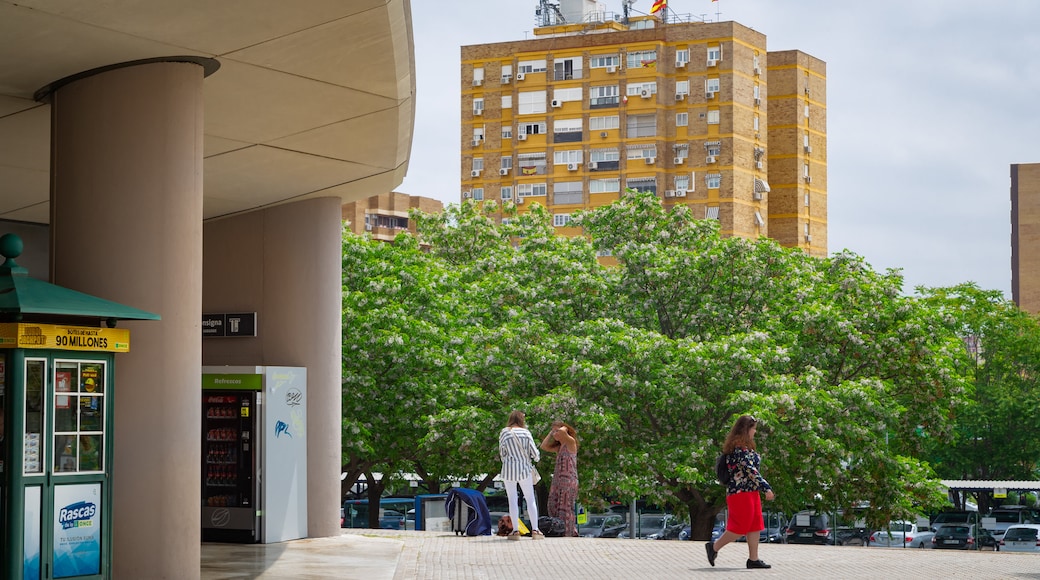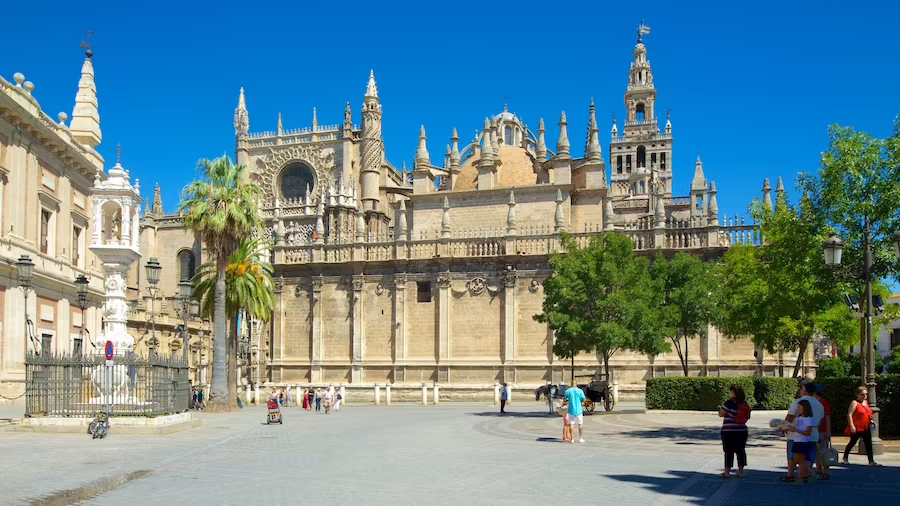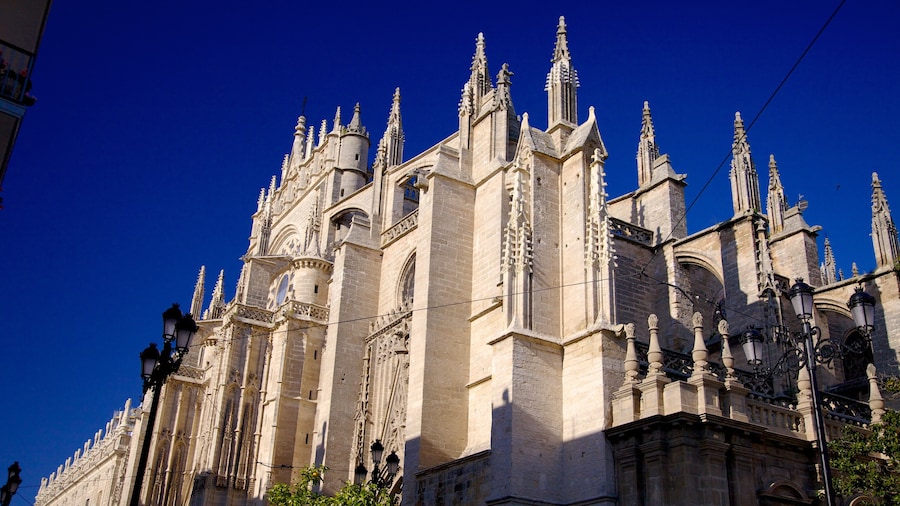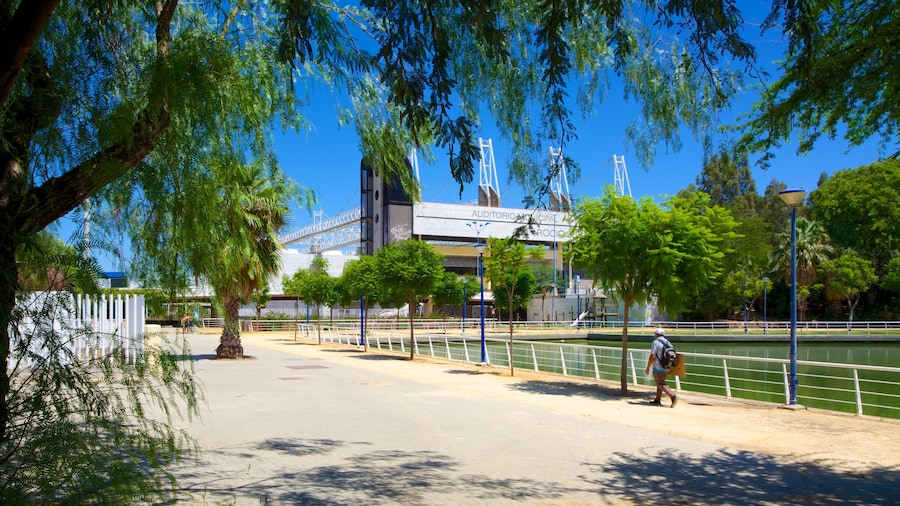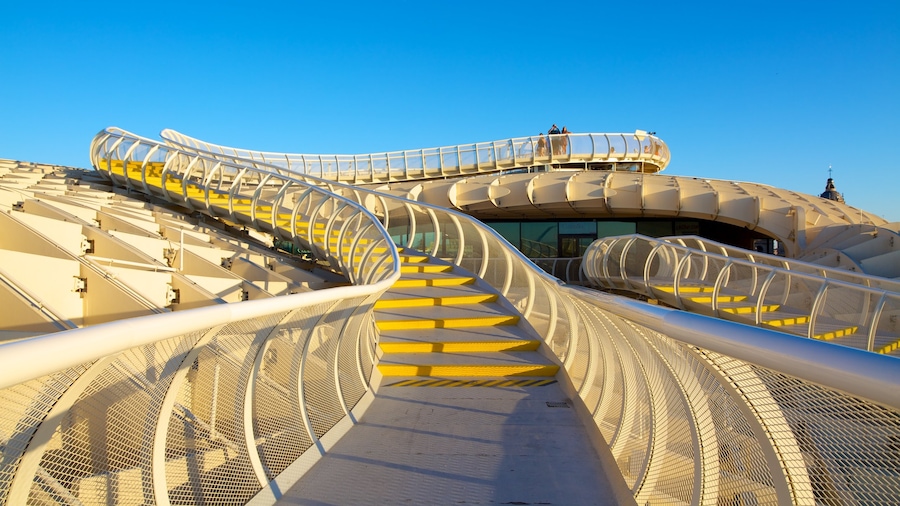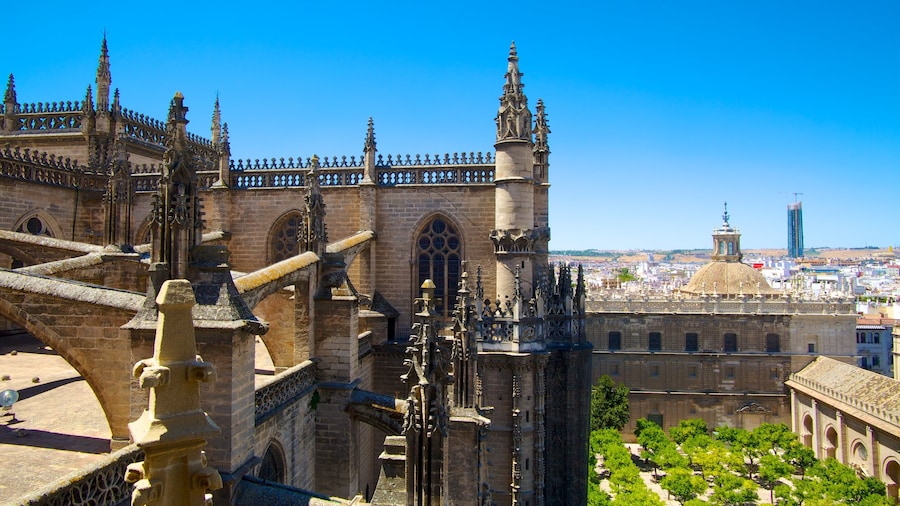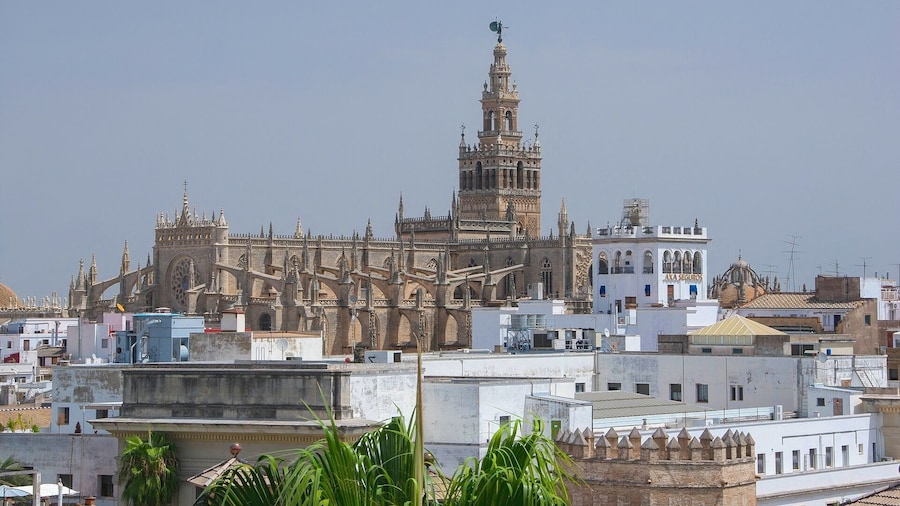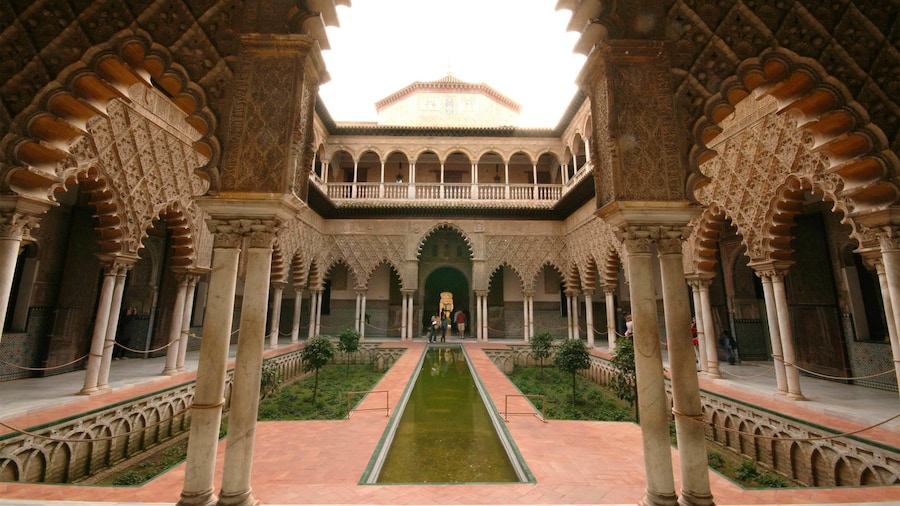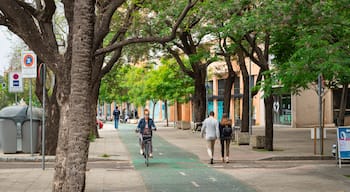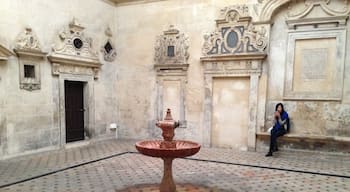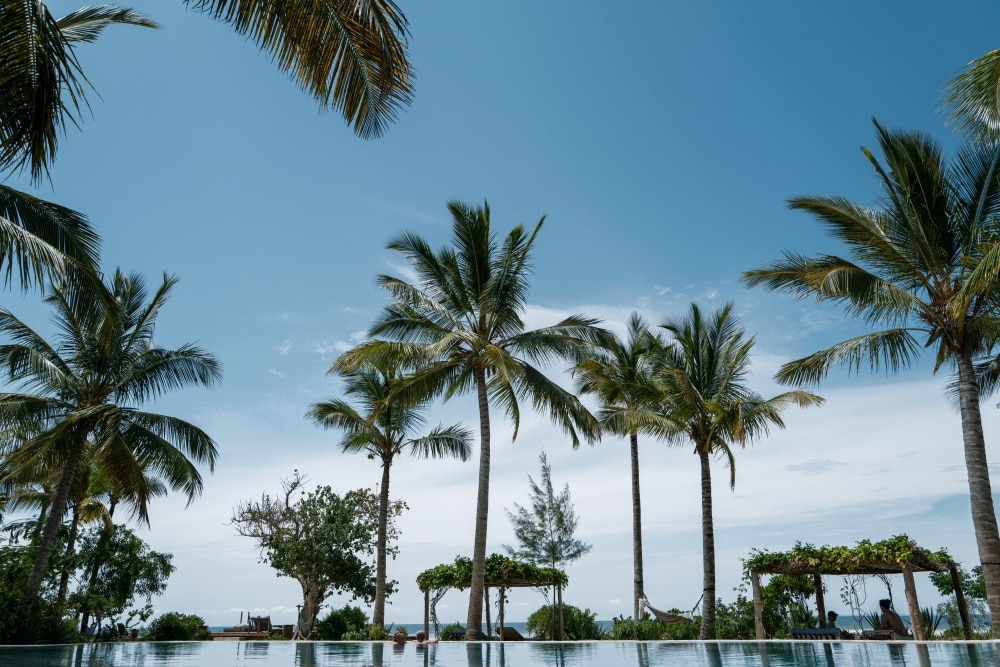This sleepy central district in Seville is a mix of colourful traditional Andalusian architecture and modern housing estates.
Situated just east of the Casco Antiguo, the historical heart of Seville, and just north of the Nervión district, San Pablo-Santa Justa is centrally located but not often visited by tourists. That’s because it is mainly a residential neighbourhood with quiet, suburban streets and 1960s housing projects.
Much of the area was still vacant land in the 1950s. Neighbourhoods such as Árbol Gordo and Zodiaco popped up in the decades after World War II. When the city was reorganized into new council districts in 2006, San Pablo and Santa Justa became one district.
Santa Clara, now also part of San Pablo-Santa Justa, is one of the quietest neighbourhoods in the capital of Andalusia. This leafy area full of trees and residential houses is home to the former Santa Clara Monastery, established by the Company of the Order of Saint Clare. Admire the architecture of this former Almohad Palace and convent that was refurbished just a few decades ago to become a public cultural arts centre. Come here to immerse yourself in the paintings, music and literature of Seville.
If you are in luck, FEMÁS (Festival de Música Antigua) may be on during your time in Seville. See uplifting Flamenco shows, a dance that has been declared UNESCO Intangible Cultural Heritage and is still being taught and celebrated here.
Just to the west of Santa Clara, heading towards the Guadalquivir River, check out the Roman pillars of Alameda de Hércules boulevard. These 2,000-year-old towers are topped by statues of Julius Caesar and Hercules. This plaza is lively at night, when the locals flock to the tapas bars, kebab shops and little restaurants that spill out into this tree-lined square.
The district’s sprawling, modern Santa Justa Railway Station makes it easy to get to San Pablo-Santa Justa. The station has cafeterias, cafés and restaurants. A small store sells snacks and fruit for longer journeys. If you would like to stay for a little longer, book a room in one of the district’s many hotels.




